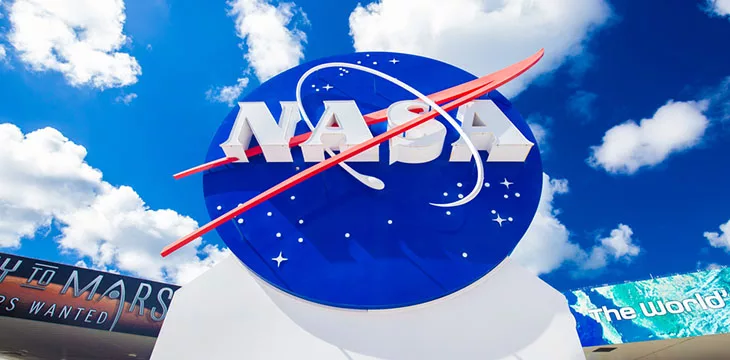
In a groundbreaking partnership, NASA, computing firm Lonestar, and the Isle of Man are planning to send a book-sized ‘cube’ containing one terabyte of data to the moon for secure storage. The aim of this ambitious mission is to protect valuable information from catastrophic loss, similar to what happened to the Library of Alexandria.
To ensure the security and authenticity of the data, the partners plan to transmit it back to Earth and store it on a blockchain, most likely a private one. The use of blockchain technology in this mission highlights its potential for data security and integrity.
Blockchains are decentralized databases that allow for secure data storage on a distributed network. Nodes around the world store copies of the ledger, ensuring that even if part of the network goes offline, the data remains intact. This robustness makes blockchains a reliable solution for protecting data from loss or tampering.
While some skeptics may question the need to send data to the moon, the use of blockchain technology in this mission is encouraging. It demonstrates the recognition of the revolutionary capabilities of blockchain in securing and verifying data.
In fact, blockchain technology has already been utilized in tools like Sentinel Node, which uses the BSV blockchain to revolutionize cybersecurity. This tool creates time-stamped records on the blockchain every time a file is accessed, modified, deleted, or interacted with in any way. These records provide evidence of any tampering or breach, ensuring the integrity of the data.
The potential of blockchain technology to secure and verify data is promising. It eliminates many of the problems associated with traditional data storage and offers a new level of security and transparency. With more organizations recognizing its capabilities, we can expect to see further innovations and applications of blockchain technology in the future.
While sending data to the moon may seem like a far-fetched idea, the use of blockchain in this mission showcases the power of this revolutionary technology. As more industries and sectors adopt blockchain solutions, the prospects for secure data storage and integrity become increasingly promising.
Overall, the partnership between NASA, Lonestar, and the Isle of Man to send data to the moon and store it on a blockchain is a significant step forward in the quest for data security and integrity. It highlights the potential of blockchain technology and paves the way for further advancements and innovations in the field.






